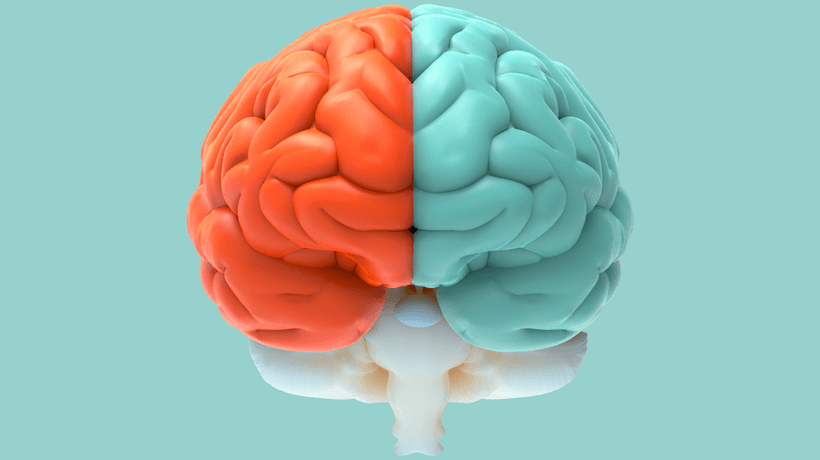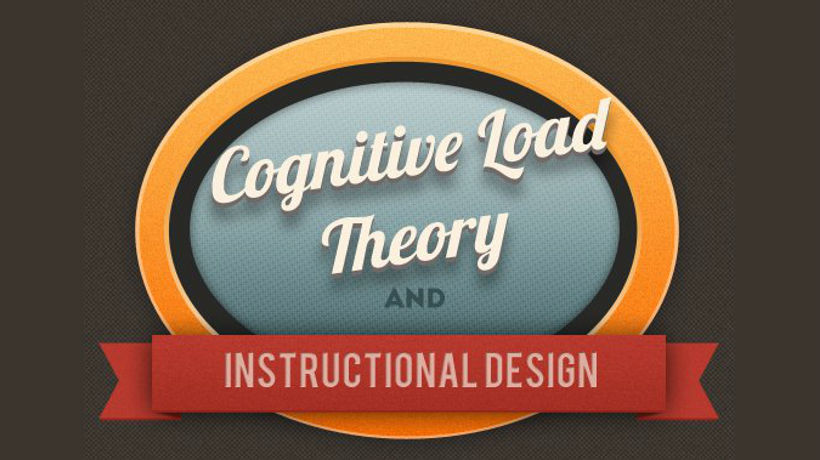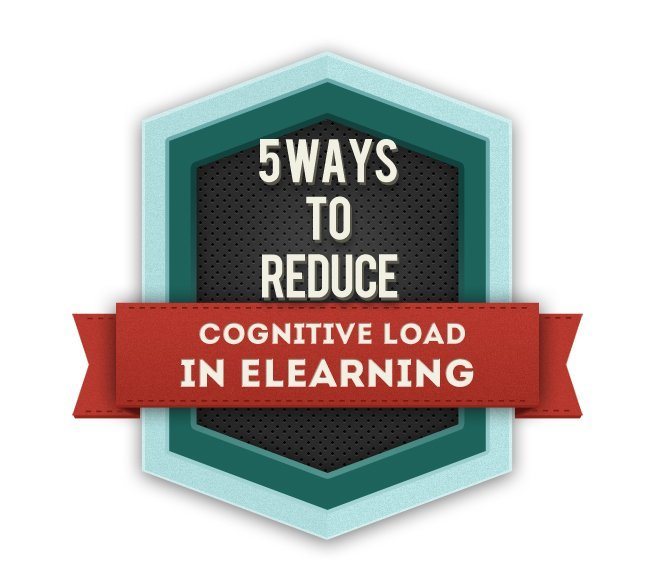Why Is It Important To Employee Training?
One of the biggest challenges in designing and delivering effective employee training is not the content. You are a professional, with deep wells of knowledge. It’s not even time or resources—one might be limited, but the other is flexible and can be maneuvered to meet your needs. Your biggest challenge is understanding how adults actually learn—how much can they take in, and what’s the best learning environment for the job? Cognitive load theory explains why it’s important to give employees exactly what they can handle, in a format that makes sense, so that they can learn, retain, and make use of the training you provide. Here’s your guide to cognitive load theory and why it's so incredibly important to employee learning.
What Is Cognitive Load Theory?
Cognitive load theory begins with the idea that humans can only take so much information in before it begins to lose meaning. Even if you use the image of the brain as a sponge, consider this: even sponges get full and aren’t capable of holding more liquid. Too much information delivered in a careless way means the cognitive load is increased to the point where the learner just cannot absorb it.
Cognitive load theory states that people (kids and adults alike) learn best under optimal conditions with learning tasks that suit them, their learning style, and the application of the information. The goal is to think about how much information is too much, and what conditions don’t work well for learning new information.
How Does Cognitive Load Theory Work?
For Learning and Development professionals, we should be hyperfocused on understanding how our employee training materials transform information from short-term memory into a permanent part of a learner's schema. This transformation takes a task that is slow and plodding and makes it seamless and easy. It becomes second-hand because it’s part of the structure of our brain.
But, if there are too many facts delivered without focus on how to integrate them into their schema, employees become frustrated and less engaged. Their performance will suffer, and their desire to complete your training will disappear. You can have the best intention for employee training, but if you don’t pay attention to balancing employee cognitive load, you haven't set them up to learn well. You'll need to consider all of the factors surrounding how to design and present information, as well as what employees are bringing to training, in order to successfully balance cognitive load.
Types Of Cognitive Load On Your Employees
Factors that increase cognitive load are present not only in your work environment but also in all aspects of life. Employees bring their whole self to work—the same self that isn’t only just an employee but is also a parent and a partner and a community member. Whether at home or at work, there are three main types of cognitive load on your employees.
Intrinsic
Cognitive load is heavier based on the task itself. This occurs when the task is complex and has multiple steps. Think of a piece of furniture that has to be assembled or a surgical procedure. There are multiple steps that can become overwhelming when considered all at once.
Some tasks are harder to complete than others—cognitive load theory states that those tasks increase the demands on our employees.
Extraneous
Extraneous cognitive load increases because of outside factors. This might be coming from the design of the task, the environment where instruction is delivered, or other factors that are not directly related to the task. (Like kids yelling in the background, construction noise, or news alerts.) As we all know, even if the task is simple, distractions coming from outside may make it hard to learn.
Germane
Germane cognitive load is essentially balanced in such a way as to make forming schemas (processing new information) easier. When it comes to cognitive load theory and Instructional Design, this is the place you want to aim for.
How To Manage Cognitive Load In eLearning
Reducing cognitive load for employees focuses on minimizing extraneous load, managing the intrinsic load, and capitalizing on germane load. Here are 8 ways to do that:
1. Explain How The Training Will Help
Connect learners to the training by telling them exactly how the training is going to benefit them. This helps them invest immediately in the work.
2. Minimize Distractions
This means looking at distractions outside of the information as well as inside of the task (see below):
- Give employees the time and space in their day to learn
- Schedule training thoughtfully so that there are fewer demands on their time
- Avoid already-stressful times for training
Many of these can be addressed by using just-in-time eLearning tools that allow employees to access training when they have the mental time and space to do so.
3. Keep Information Concise And Simple
When you put together any type of training, always take a step back to ensure it doesn’t include irrelevant information. In a safety training course, for example, your employees don’t need a quick lesson about the company history. Keep your information focused on the topic at hand for maximum benefit.
In addition, avoid complicated graphs and charts unless they're absolutely necessary. Don’t pack each part of your training with information. Consider white space when you design a video or slide presentation. Keep visual and audio stimuli to a minimum unless they're necessary.
You can also use acronyms and mnemonic devices to help aid memory and further simplify information. Choose small bites of information (rather than big chunks).
4. Pay Attention To The Flow Of Information
Have you organized the information in a way that makes sense? For example, if you are asking employees to follow along on the screen, have you organized text top to bottom, left to right for cultures that read that way? Just that minor adjustment reduces extraneous cognitive load (and frustration levels) for employees.
5. Break Tasks Down Into Simple Steps
For information that has a heavy intrinsic load, break it down into simple, logical steps, with plenty of practice in between each.
6. Present Information For Different Learning Styles
Some employees learn best with charts and graphs. Others prefer to read information. Still, others learn best in an audio format. Offer a variety of presentation styles to reach a variety of learners.
7. Use Questions That Focus On Building Long-Term Memory
Design your eLearning courses so that there is a logical point where employees can answer questions that reinforce the material or ask them to use it. Think less “Read the chapter and answer the questions” and more “How does this information apply to what you already know?”
Again, also focus on keeping all information (and activities!) concise and focused on the topic at hand. Be diligent about deleting any questions, activities, or interactive features that have nothing to do with the key takeaways of your training. Stay on topic and keep it relevant—your employees will thank you.
8. Don’t Expect Employees To Listen And Perform A Task At The Same Time
If you are in a synchronous learning session, either talk or ask employees to read or complete a task. Cognitive load theory in practice dictates one or the other at a time.
Conclusion
Understanding cognitive load theory is a crucial part of designing high-quality employee training. It considers what employees need, when they need it, and how they will best be able to integrate new information.









